by Moe | May 8, 2015 | History of the Brotherhood, Irish History, Phoenicians
There are many interesting connections between the Phoenicians, Greek Ionians and the Old Irish that can be found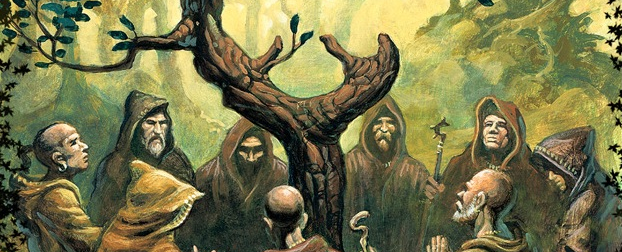 all throughout the early history of Ireland. These similarities between these people are often found in their religious customs, Gods, Goddesses, family and place names they had imported into Ireland.
all throughout the early history of Ireland. These similarities between these people are often found in their religious customs, Gods, Goddesses, family and place names they had imported into Ireland.
In my last article, The Druid and Phoenician Coarbs of Ireland, I explained the relationship between the Druid and Culdee Coarbs with the Phoenician Corybnates. It can safely be said they are the same people. Another one of these connections of research I would like to present to you deals with the Cabiri of the Phoenicians, the Egyptians and the Cabiri of the ancient Irish. In studying the rites of the ancient Druid Cabiri who were celebrated in Ireland, they can be found many centuries before in ancient Phoenicia and Greek Ionia that is attested by many of the world’s most famous authors of yesteryear. (more…)
by Moe | May 7, 2015 | History of the Brotherhood, Irish History, Phoenicians
“These Corybantes are the Irish Curbs or Coarbs. It is not surprising that they came from 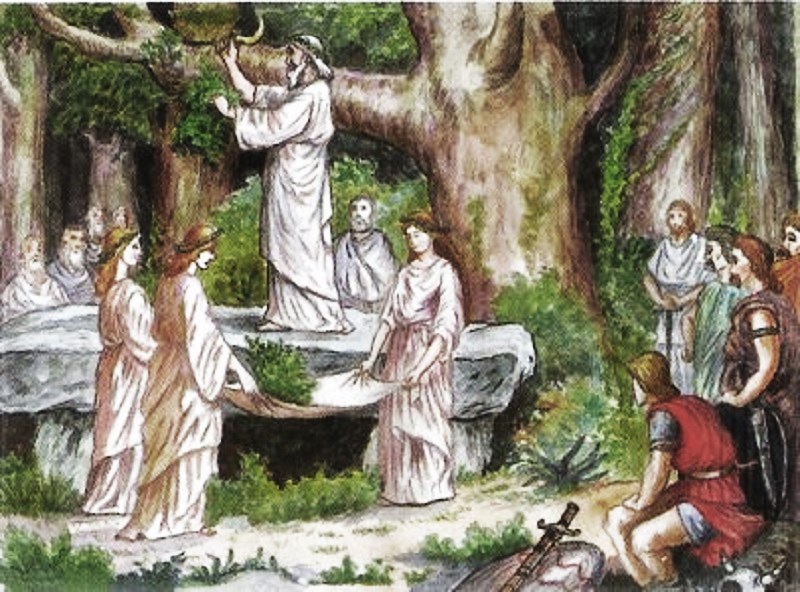 Phoenicia.” – Sir Godfrey Higgins
Phoenicia.” – Sir Godfrey Higgins
The ancient Druids in Ireland and Culdee priests of Iona had called their priests by the name of the Coarbs. They were from the same stock of priests who both wore a white dress, and followed the God Io (Jehovah or Yahweh). Their teachings, customs, religion and property descended from father to son. They often lived in communities together under the rule of a Superior, and as they became older and wiser they would stay in detached cells. The Druidic priesthood of Iona were the first people who introduced Christianity into Ireland and the West. (more…)
by Moe | May 6, 2015 | History of the Brotherhood, Irish History, Mystical Christianity
The beautiful island of Iona is known as the “motherland of dreams”, and once home to a people 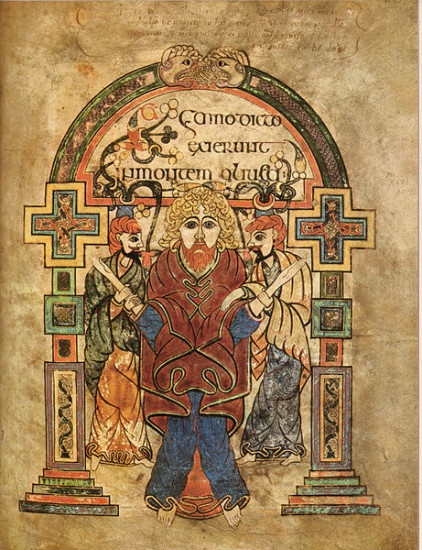 known as the Ionians, and in the Scriptures as the Hebrew Levites who had settled there in approximately the 5th Century A.D. giving their name to the island jewel. It has also been known by the name of Hu-colum-kill (Icolmkill), that is, the island of Columba of the Cell, and Iona’s old Gaelic name was said to be “Innis nan Druidhneach,” which translates as the Island of the Druids.
known as the Ionians, and in the Scriptures as the Hebrew Levites who had settled there in approximately the 5th Century A.D. giving their name to the island jewel. It has also been known by the name of Hu-colum-kill (Icolmkill), that is, the island of Columba of the Cell, and Iona’s old Gaelic name was said to be “Innis nan Druidhneach,” which translates as the Island of the Druids.
The name of the Ionians are for various tribes included in ancient history under the general names of the Phoenicians, Hellenes or the Greeks. They were the followers of the true God symbolized by the dove which in Hebrew is the word Ion, Ionah or Iona (Jon, Jonah or John) and in Greek as Oinas. These words are all taken from the name of Jehovah, and for this reason, they are often known as the Priests of Saint John or Iona. Many of them would have a direct involvement in the writing of both the Old and New Testaments and the formations of early Christianity in the West. (more…)
by Moe | Apr 14, 2015 | Modern Gnosis
The true story of the Gnostics is one of the most beautiful, and tragic epics of all time. Some of the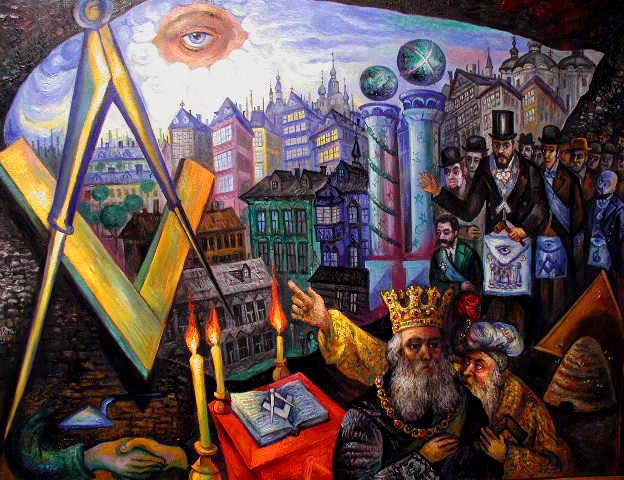 world’s most famous people in history play leading actors in this tale of knowledge, conquest and global domination. The ancient Egyptians, Phoenicians, Persians, Greeks, Romans, Indians, Celts, Vikings, Europeans, Muslims and even the Catholic Churches of Rome and Greece play huge roles in this fabulous history. Various religious sects like the Tribes of Israel, the Jews, Christians and Muslims, and the many secret societies such as the Knights Templar, Freemasons, Rosicrucians, and Sufis also play leading roles in this old Gnostic world theatre. (more…)
world’s most famous people in history play leading actors in this tale of knowledge, conquest and global domination. The ancient Egyptians, Phoenicians, Persians, Greeks, Romans, Indians, Celts, Vikings, Europeans, Muslims and even the Catholic Churches of Rome and Greece play huge roles in this fabulous history. Various religious sects like the Tribes of Israel, the Jews, Christians and Muslims, and the many secret societies such as the Knights Templar, Freemasons, Rosicrucians, and Sufis also play leading roles in this old Gnostic world theatre. (more…)
by Moe | Apr 13, 2015 | Modern Gnosis
The people from the ancient island that was once known as Kos, (Cos, Coos, Ceus, Zia etc) are 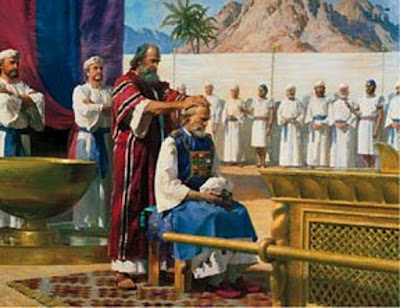 mentioned in the time of Alexander the Great as some of the most powerful people in the Mediterranean Sea. In fact, Alexander the Great’s personal physician named Critodemus was from this same island. They have been known over the course of history under various spellings such as the Koan, Coan, Cohen, Kohen or plural Kohanim (Hebrew: כֹּהֵן), which is a Hebrew word that simply means priest. In the bible they are referred to mainly as the Hivites and Levites. (more…)
mentioned in the time of Alexander the Great as some of the most powerful people in the Mediterranean Sea. In fact, Alexander the Great’s personal physician named Critodemus was from this same island. They have been known over the course of history under various spellings such as the Koan, Coan, Cohen, Kohen or plural Kohanim (Hebrew: כֹּהֵן), which is a Hebrew word that simply means priest. In the bible they are referred to mainly as the Hivites and Levites. (more…)
 all throughout the early history of Ireland. These similarities between these people are often found in their religious customs, Gods, Goddesses, family and place names they had imported into Ireland.
all throughout the early history of Ireland. These similarities between these people are often found in their religious customs, Gods, Goddesses, family and place names they had imported into Ireland.



